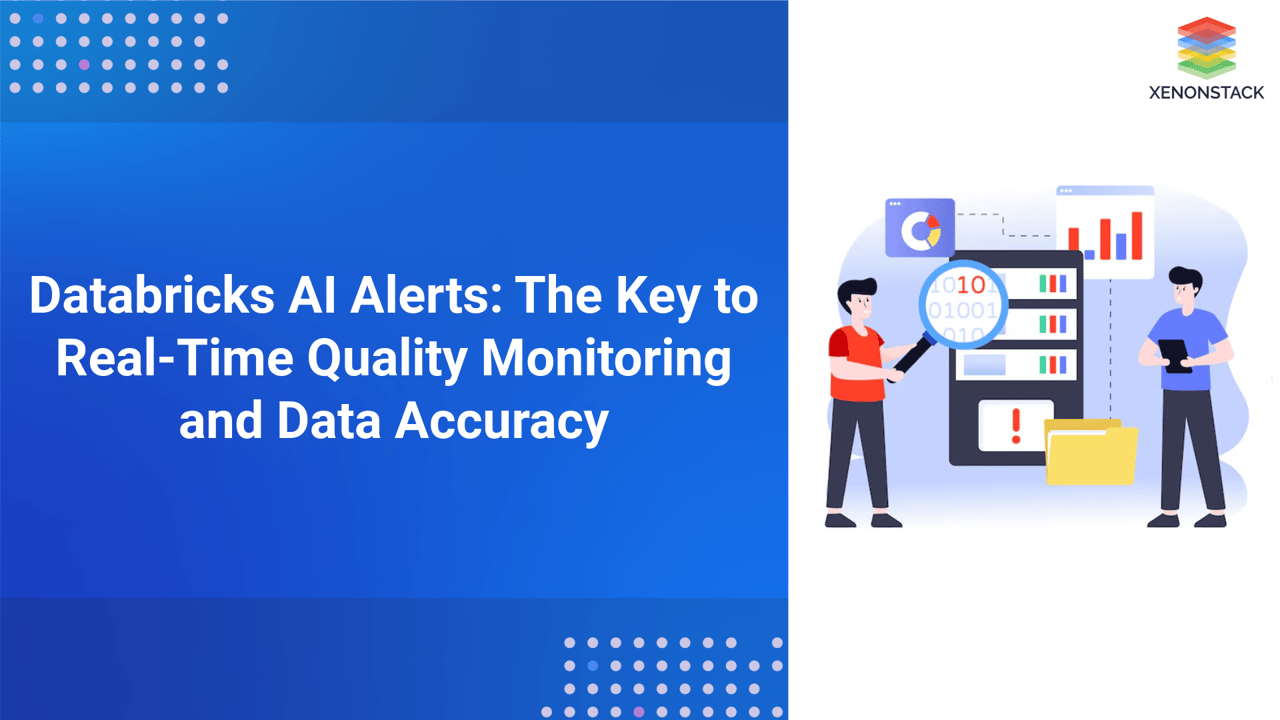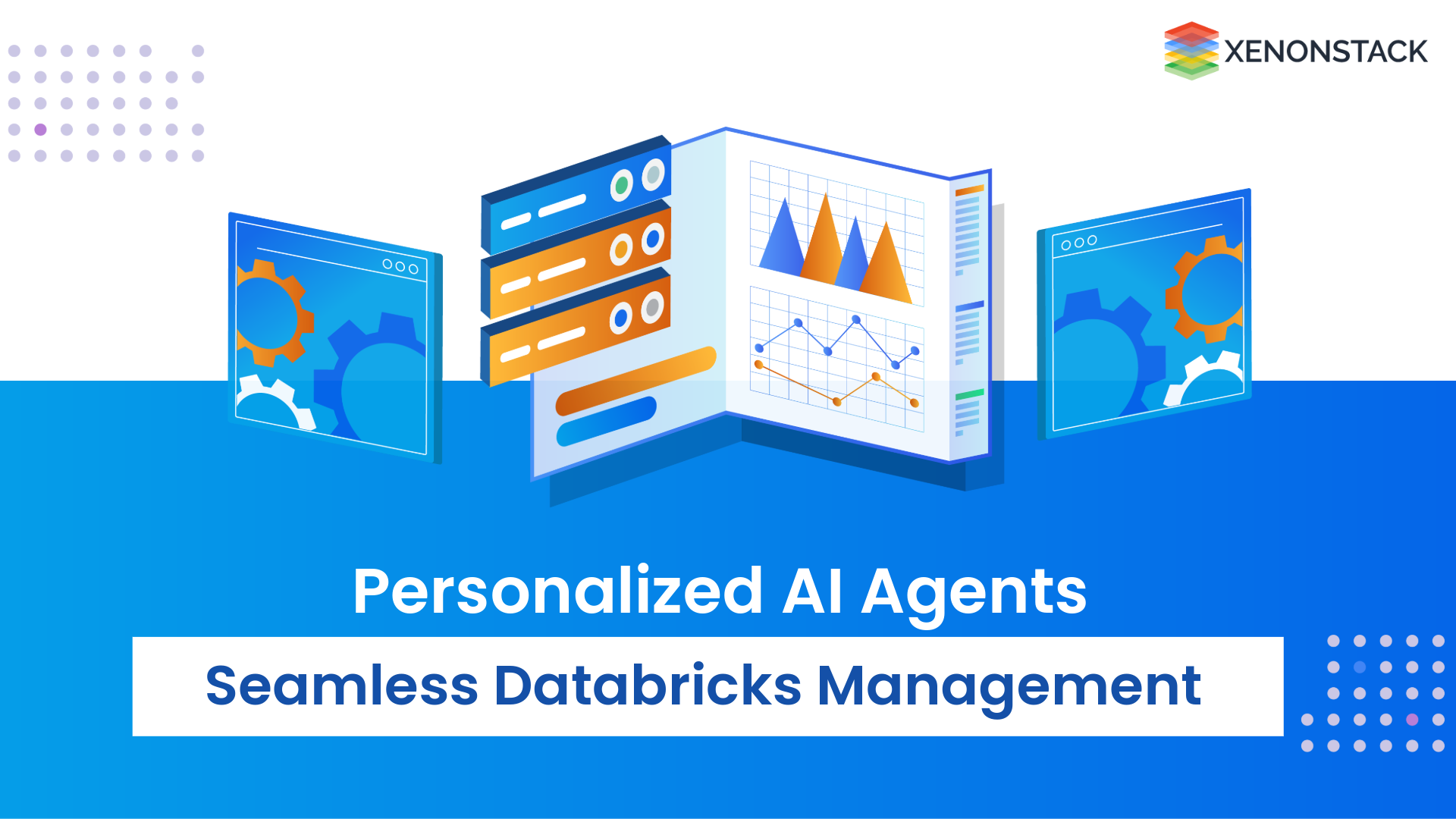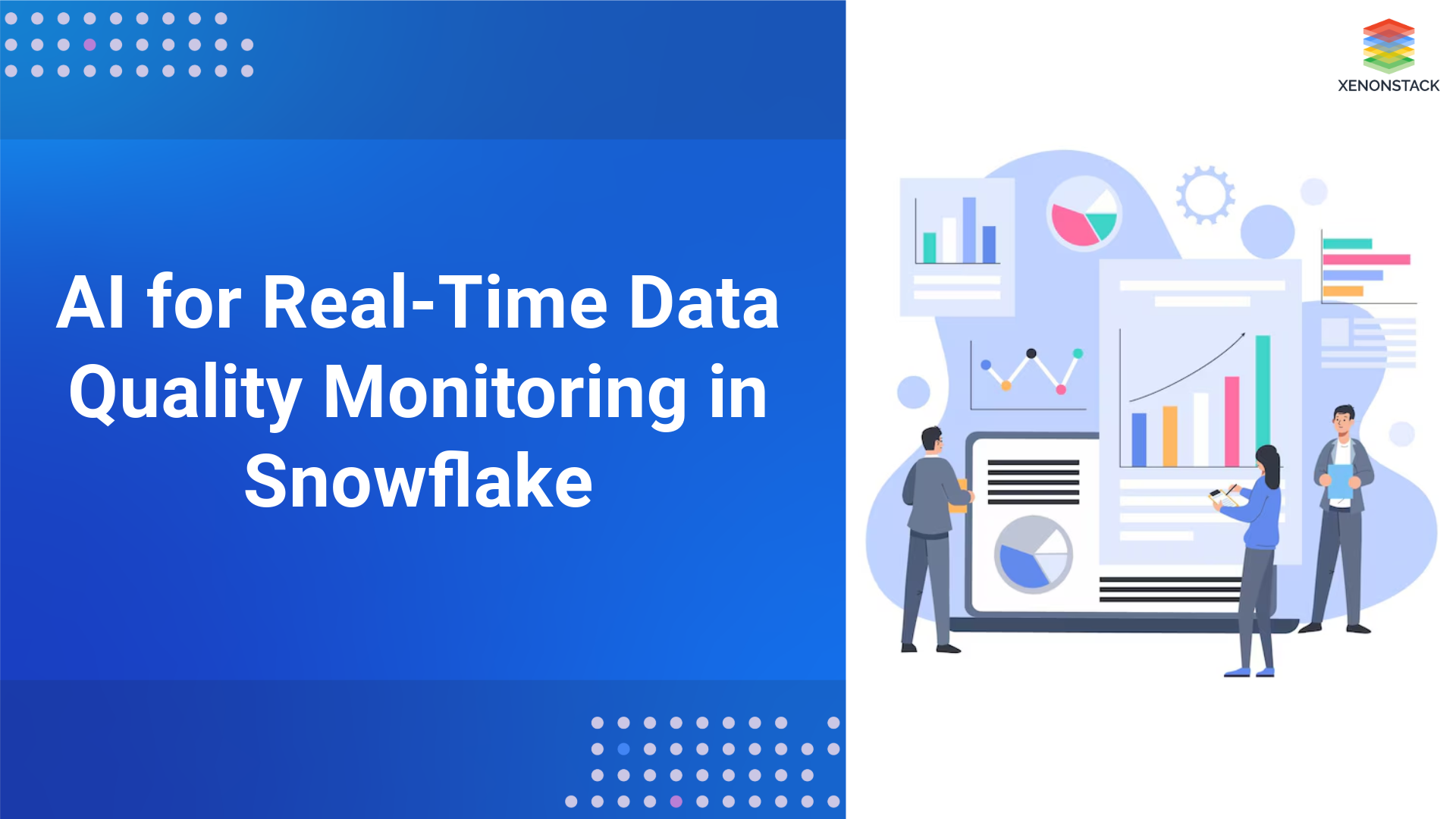
Today, the quality of data and its processing pipeline has become extremely important for any organization using a platform like Databricks to power its analytics and machine learning workloads. Quality monitoring would mean monitoring the health of the data, algorithms, and the system in which the data resides. With growing data pipeline complexity, traditional monitoring fails to provide real-time insights and proactive problem-solving capabilities.
What is Quality Monitoring in Databricks with Real-Time AI Alerts?
Real-time AI alerts, integrated with Databricks, represent a new approach to quality monitoring. AI agents continuously analyze data in motion, detect anomalies, and trigger alerts as soon as any quality issue arises. Intelligent tracking allows organizations to maintain high-quality datasets while ensuring their machine learning models and analytical processes perform optimally.
Core Principles of Quality Monitoring in Databricks
Data Integrity
Real-Time Monitoring
Anomaly Detection
Performance Monitoring
Predictive Insights
Traditional Way of Monitoring Data Quality
Historically, data quality monitoring in data pipelines was handled through manual checks, static dashboards, or batch processing jobs that would run periodically. While these methods worked somewhat, they were reactive rather than proactive. Teams had to wait until after data processing to realize any discrepancies or issues. With increasing data volume and velocity, these tactics are insufficient to produce quality.
These traditional monitoring systems heavily relied on predefined thresholds, which are not dynamic and may miss subtle changes in data quality. Additionally, the lack of real-time feedback led to longer resolution times and affected data analysis and decision-making timeliness.
Challenges in Traditional Data Quality Monitoring
-
Delayed Response Time: Traditional monitoring systems are batch-oriented, which means that anomalies or quality issues will only come to light after the data has been processed. As a result, the outcome may be extended downtime or poor decisions based on wrong data.
-
Manual Intervention: Most traditional systems require some form of manual oversight to track data quality. This process not only consumes much time but also introduces basic human errors, thus affecting the system's overall reliability.
-
Static Thresholds: Predefined rules and thresholds can quickly become outdated with traditional systems in dynamic environments that are highly and rapidly changing, as in the case of machine learning or streaming data, which then fail to catch up on the anomalies.
-
Limited Scalability: As organizations scale their data infrastructure, monitoring systems based on batch processing or periodic checks struggle to keep up with large volumes of data, especially when real-time insights are needed.
-
Lack of Proactive Alerts: Traditional monitoring systems tend to be reactive, meaning issues are only addressed after they have occurred. With the vast scale of modern data pipelines, a proactive system is essential for maintaining high-quality standards.
The Importance of Real-Time Data Quality for Business Success
Customers depend entirely on data-driven decisions in all these sectors, such as finance, healthcare, and retail. Any kind of downtime or a data quality issue can result in huge losses of revenue and also loss of trust. For example:
These industries risk their operations, customer satisfaction, and business outcomes using traditional methods.
Leading Technologies in Data Quality Monitoring
Data Validation Tools
These tools are traditional ones that follow the rules and patterns set by design; they are good enough for structure but often insufficient when handling complexity from unstructured and semi-structured data.
Dashboards for Data Quality
An overall view of the health of data a team is working on regarding error rates, completeness, etc. However, they often lack real-time alerts and automated issue resolution.
Batch Processing Systems
These systems are used to run scheduled data quality checks. While helpful, they are ineffective for monitoring fast-moving, real-time data streams.
Log Monitoring Tools
While helpful for error tracking, traditional log monitoring tools lack AI-driven insights to detect data quality issues at scale.
How AI Agents Supersede Other Technologies
AI agents surpass traditional data quality monitoring methods in multiple ways:
-
Real-Time Alerting: AI agents can identify and alert on problems as they happen, thus providing real-time feedback on data inconsistency or anomalies that might be there.
-
Automated Issue Detection: AI systems learn patterns in data and thus detect problems without relying on predefined rules or thresholds. This is a vital requirement in dynamic environments.
-
Proactive Monitoring: AI-powered agents can detect current issues and predict future problems based on historical trends, and teams can avoid failures before they impact the business.
-
Scalability: AI agents can continuously monitor a large amount of data and are ideal for modern, high-scale data pipelines that traditional systems cannot handle.
-
Efficiency: Efficiency will improve since AI agents can automate the detection and alerting processes and even remediation, freeing human resources for higher-value tasks.
Optimizing Data Pipeline Performance in Databricks with AI Agents
AI agents integrated with Databricks can monitor data pipelines, machine learning models, and system performance at various levels:
Data Quality Checks
AI agents continuously monitor data integrity, values, inconsistencies, and anomalies in real-time. They can also raise error flags early so that teams may identify problems before they propagate downstream.
Performance Monitoring
These agents monitor the performance of models and pipelines. They monitor the real-time processing times, error rates, and resource utilization. Teams are alerted promptly if any part of the system is not performing well.
Automated Remediation
The AI agent will automatically throw alerts and could automatically initiate corrective responses such as a transformation process with data or changes in the learning model to have it improve itself.
Scalability and Adaptability
Scaling up the data size seamlessly allows for adapting to new loads and learning data streams to improve adaptability to changing situations, ensuring system optimization in real-time.
Unlock the full potential of your data with a powerful platform that empowers your business to scale AI-driven insights and accelerate digital transformation.
Successful Implementations of AI Agents in Quality Monitoring
-
E-Commerce Analytics: AI agents are being deployed successfully in e-commerce platforms to monitor data quality regarding sales, stock, and customer information. They automatically flag and correct anomalies so that inventory management and personalized marketing have accurate real-time insights.
-
Financial Services: In banking, AI agents monitor transaction data for fraud detection, anomaly identification, and compliance checks. The system immediately alerts the teams to suspicious activities so action can be taken immediately to prevent fraudulent activities.
-
Healthcare: AI agents monitor the quality of patient data in electronic health records (EHR). They flag data discrepancies, missing fields, or inconsistencies so that proper information is passed to healthcare providers at the appropriate time.
-
Telecommunications: Telecom companies use AI agents to monitor network data performance and customer usage metrics. This ensures the integrity of data and speeds up issue resolution that might impact service quality.
By leveraging AI agents for real-time data quality monitoring, Databricks users can ensure their analytics and machine learning workflows' reliability, accuracy, and timeliness, leading to better business outcomes and customer satisfaction.
Next Steps for Implementing Quality Monitoring
Talk to our experts about implementing Quality Monitoring in Databricks with Real-Time AI Alerts, how industries and different departments use proactive monitoring and automated insights to enhance data quality. Leverages AI to continuously track and optimize data workflows, improving efficiency and responsiveness.




